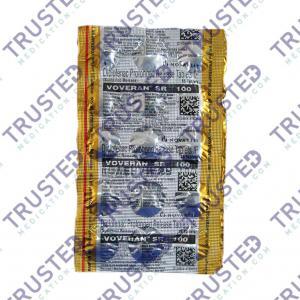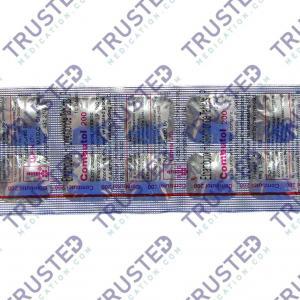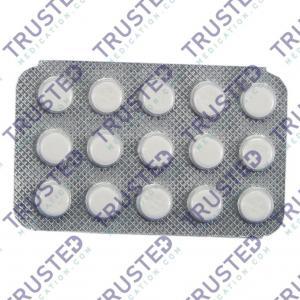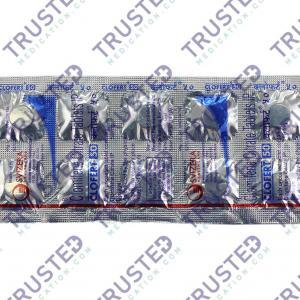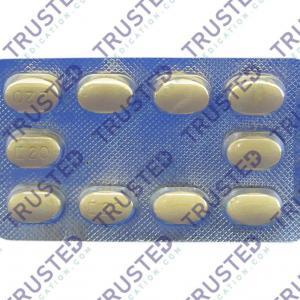
Joint Pain is common and usually felt in the hands, feet, hips, knees, or spine. A joint can feel stiff, achy, or sore when it is in pain or when it is coming and going. Some patients complain of a burning and throbbing sensation. A person suffering from joint pain may be unable to perform basic tasks because of the pain.
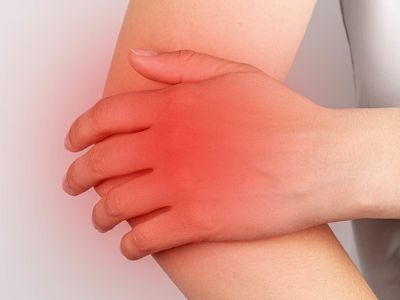
The Three Kinds of Joints
- Fibrous joints. There are joints between teeth in the jaw, joints between the bones of the lower leg, and joints in the skull.
- Cartilaginous joints. These are where cartilage joins two bones. These joints are partially movable, and an example is the joint between the right and left pubic bone.
- Synovial joints. These joints allow limbs to move freely. These joints have a cavity in them that contains synovial fluid. Some examples include the knee, elbow, hip, and shoulder.
Signs and Symptoms Associated with Joint Pain
- Joint redness
- Joint tenderness
- Joint swelling
- Limping
- Locking of the joint
- Loss of range of motion of the joint
- Weakness and stiffness
Seek immediate help if:
- The area around the painful joint is swollen, tender, and warm, to touch
- The pain persists for three days or a week
- You have a fever due to the pain but do not have any signs of flu
Typical Causes of Joint Pain
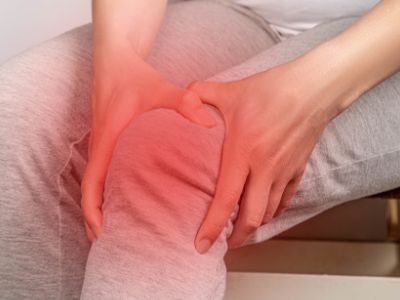
- Osteoarthritis. The cartilage between the bones wears away over time, which is why this happens. The joints become painful and stiff.
- Rheumatoid arthritis. It is a chronic disease that causes swelling and pain in the joints.
- Gout. Usually, in the big toe, it is a painful condition in which crystals from the body collect in the joint and cause severe pain and swelling.
- Bursitis. It is caused by overuse and is found in the hip, knee, elbow, or shoulder.
- Viral infections, rash, or fever may make joint movement painful.
- Injuries, such as broken bones or sprains
- Tendinitis affects the tendons, the flexible bands that connect bones and muscles.
Diagnosing Joint Pain
Your doctor may ask you about any history of joint pain due to accidents, injury, or a family history of the condition. A joint X-ray may be needed to determine arthritis-related joint damage. A blood test may be ordered if your doctor suspects a different cause.
Treatment for Joint Pain
Typically, a doctor may prescribe pain medication to relieve pain. For example, arthritis may suggest nonsteroidal anti-inflammatory drugs. For infection-related joint pain, doctors may recommend antibiotics. Joint massage and applying ice packs on the affected joint can also be a home remedy. Chronic pain can also be treated with:

